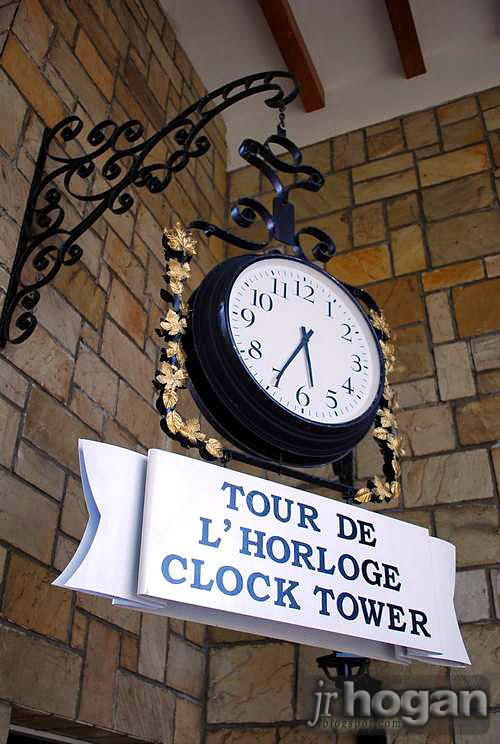Kisah Tugu Peringatan dan Tugu Negara Malaysia. Informasi mengenai Tugu Peringatan dan Tugu Negara. Sejarah dan Perbezaan antara Tugu Peringatan dan Tugu Negara. Asal usul Tugu Peringatan dan Tugu Negara Malaysia dan Tujuan Tugu-Tugu di Malaysia dibina. Menjawab Isu dan Persoalan Kenapa tercatat nama-nama pejuang di Tugu Peringatan tetapi tiada nama di Tugu Negara dan Kenapa tercatat nama anak-anak Melayu di Tugu Peringatan yang ada di Britain.
SEJARAH TUGU PERINGATAN MALAYSIA
Pada mula ia di bina pada 1920-21 oleh British ia adalah sebagai tugu memperingati pengorbanan tentera-tentera British yang terbunuh sewaktu Perang Dunia Pertama (1914-1918) yang terletak di sebuah bulatan di Jalan Tugu yang sebelum ini dikenali sebagai Jalan Cenotaph. Di keempat-empat penjuru monumen tersebut terukir 296 nama anggota tentera yang berkhidmat untuk tentera Koloni British yang telah berkhidmat di bawah panji-panji British juga dikenali sebagai Negara-negara Commonwealth. Perbarisan ringkas diadakan di sisi tugu peringatan ini pada setiap 11 November. Setelah tamat Perang Dunia Kedua, nama-nama pejuang yang terkorban telah ditambah pada tugu peringatan ini sehingga digantikan dengan Tugu Negara pada tahun 1964.
SEJARAH TUGU NEGARA MALAYSIA
Pada tahun 1963, Tugu Peringatan telah digantikan dengan Tugu Negara berbentuk patung ukiran manusia setinggi 15m direka oleh pengukir Austria, Felix de Weldon yang telah diilhamkan oleh Tunku Abdul Rahman Putra Al-Haj. Siap dibina dan dibuka secara rasmi kepada orang ramai pada 8 Februari 1966 bagi memperingati dan memberi penghormatan kepada lebih 11,000 orang pejuang yang terkorban semasa Zaman Darurat (1948-1960). Kerana jumlah yang terlalu ramai, nama 11,000 (atau lebih) orang pejuang yang terkorban tidak dipahat di Tugu Negara
Asas tugu yang tertulis "Dedicated To The Heroic Fighters In The Cause Of Peace And Freedom, May The Blessing Of Allah Be Upon Them" serta "Memperingati Perwira-Perwira Yang Berjuang Untuk Menegakkan Keamanan Dan Kebebasan, Moga2 Allah Cucurkan Rahmat Ke Atas Mereka" dalam tulisan jawi diletakkan pada bahagian kiri dan kanan Jata Negara. Hari Pahlawan juga telah ditetapkan pada 31 Julai setiap tahun bagi memperingati dan memberi penghormatan kepada mereka yang telah berjuang untuk mempertahankan Negara.
KOMUNIS LETUPKAN TUGU NEGARA
Kisah Tugu Peringatan dan Tugu Negara Malaysia. Tugu Negara ini telah dibom pada 26hb Ogos 1975, pada jam 5.00 pagi memusnahkan satu patung besar serta dua kepala patung yang jatuh dari kedudukan asal. Pihak berkuasa percaya letupan itu dilakukan Barisan Pembebasan Kebangsaan Malaya (MNLF). Kerja membaikpulih Tugu Negara telah siap pada 11 April 1977 oleh Christoper Carney, Pensyarah Fakulti Seni Lukis dan Seni Reka Institut Teknologi Mara.
NAMA MELAYU DI TUGU PERINGATAN BRITISH
Nama-nama yang terpahat di tugu-tugu British (Tugu Peringatan dan tugu-tugu di Britain) adalah mereka yang berkhidmat di dalam unit-unit tentera British yang berada di bawah pentadbiran British atau unit-unit yang asalnya ditubuhkan di Britain dibawa ke Malaysia untuk memerangi musuh. Mereka tidak boleh disamakan dengan RAMD, RRD atau kor yang lain kerana mereka berkhidmat di bawah panji-panji yang berbeza. Kisah Tugu Peringatan dan Tugu Negara Malaysia.






























